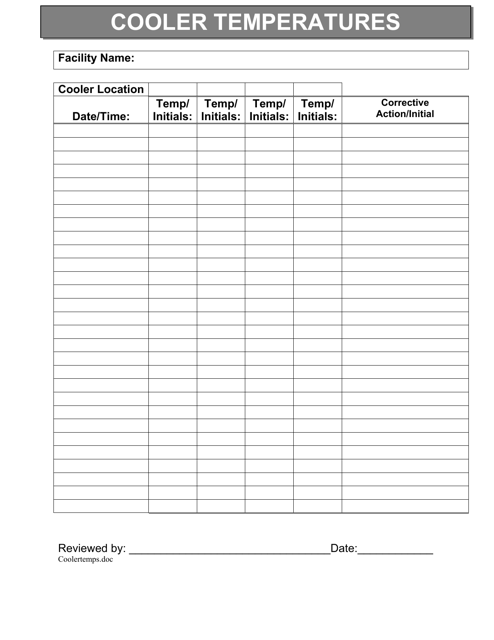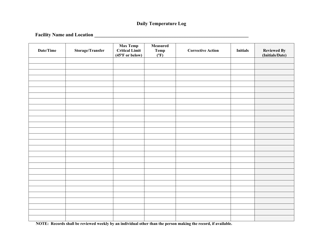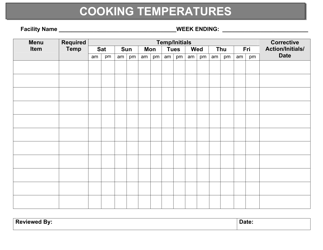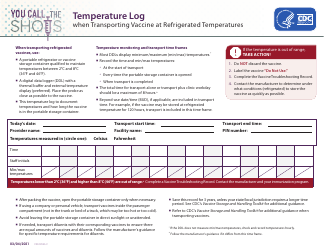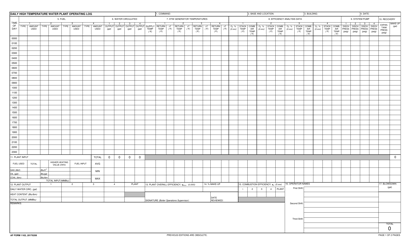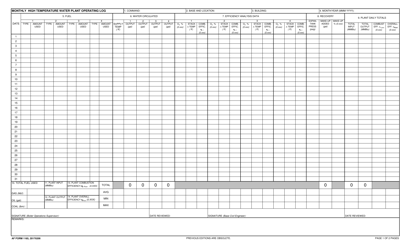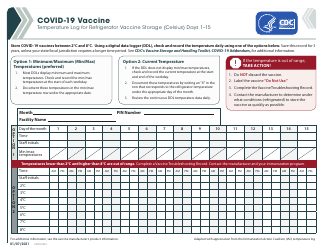Cooler Temperatures Log - Alaska
Cooler Temperatures Log is a legal document that was released by the Alaska Department of Environmental Conservation - a government authority operating within Alaska.
FAQ
Q: What is the average temperature in Alaska?
A: The average temperature in Alaska varies depending on the region, but it is generally colder than in other parts of the United States.
Q: When is the coldest time of year in Alaska?
A: The coldest time of year in Alaska is usually in the winter months, typically between December and February.
Q: Does Alaska experience extreme cold temperatures?
A: Yes, Alaska can experience extreme cold temperatures, particularly in the northern parts of the state.
Q: What is the lowest recorded temperature in Alaska?
A: The lowest recorded temperature in Alaska was -80°F (-62.2°C) in Prospect Creek Camp in 1971.
Q: How does Alaska's location contribute to its cooler temperatures?
A: Alaska's location in the northern latitudes, far from the equator, and its proximity to the Arctic Circle contribute to its cooler temperatures.
Q: What are some tips for staying warm in Alaska's cooler temperatures?
A: Dress in layers, wear a hat and gloves, and stay active to generate body heat when outdoors in Alaska's cooler temperatures.
Q: What are some popular winter activities in Alaska?
A: Popular winter activities in Alaska include skiing, snowboarding, dog sledding, ice fishing, and viewing the famous Northern Lights.
Q: Does Alaska have a summer season with warmer temperatures?
A: Yes, Alaska does have a summer season with warmer temperatures, especially in the southern parts of the state. Daylight hours also increase during the summer.
Q: What are some precautions to take when traveling in Alaska during cooler temperatures?
A: When traveling in Alaska during cooler temperatures, it is important to be prepared with appropriate clothing, emergency supplies, and to check weather conditions and road conditions before setting out.
Form Details:
- The latest edition currently provided by the Alaska Department of Environmental Conservation;
- Ready to use and print;
- Easy to customize;
- Compatible with most PDF-viewing applications;
- Fill out the form in our online filing application.
Download a printable version of the form by clicking the link below or browse more documents and templates provided by the Alaska Department of Environmental Conservation.
